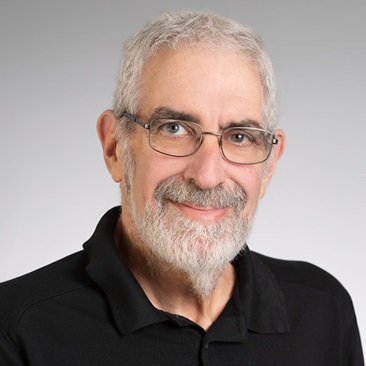Hammond Examines the Relationship Between Artistic Practice and Religious Devotion in New Study
Sep 13, 2022
Conjunctions of Islam: rethinking the geographies of art and piety through the notebooks of Ahmet Süheyl Ünver
Timur Hammond
Cultural Geographies, September 2022
How should we understand the relationship between artistic practice and religious devotion? This paper answers that question through a close engagement with the archive of the artist, teacher, doctor, and writer Ahmet Süheyl Ünver (b. 1898–d. 1986).
Working from notebooks and archival files produced about Eyüp, Istanbul’s most important Muslim district, I offer the concept of ‘conjunctions of Islam’ to develop two linked arguments. First, Ünver’s work challenges essentialist invocations of ‘Turkish’ or ‘Islamic’ art. Instead, his work shows us how these terms are historically and geographically specific, embedded within networks of people, places, objects, and histories. Second, Ünver also shows us how definitions of Muslim identity trace geographies other than the territorial nation.
Indebted to discussions of relational place-making and topology, my use of conjunction helps us see the making of an urban Muslim self in a new way. In doing so, this article extends recent cultural geographic discussions about skill and creativity, provides a new perspective on the geographies of Islam, and enriches our ability to explain how complex forms of the past are articulated in contemporary Turkey.
Related News
Research

Mar 6, 2025
Research

Feb 17, 2025
Research

Feb 17, 2025

